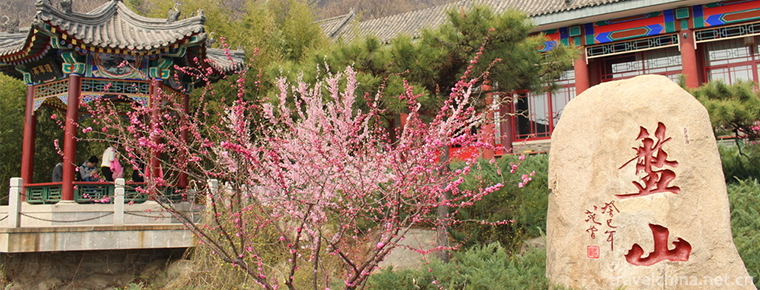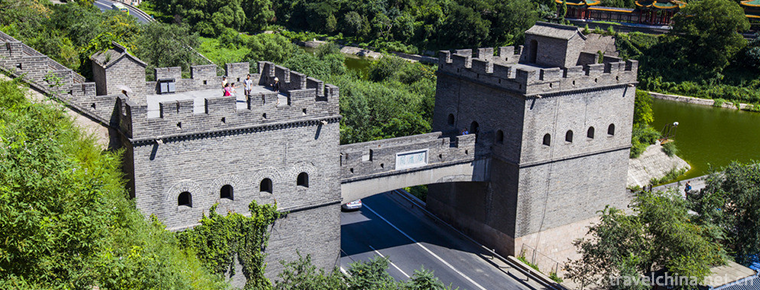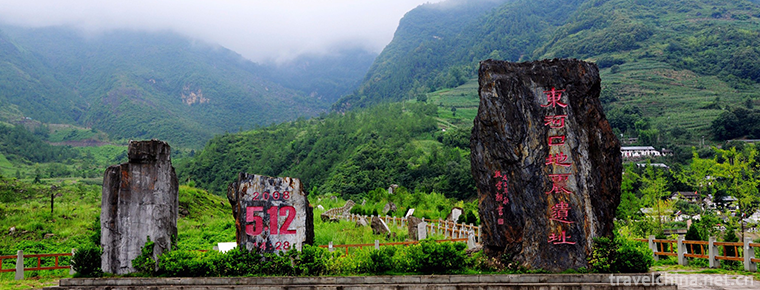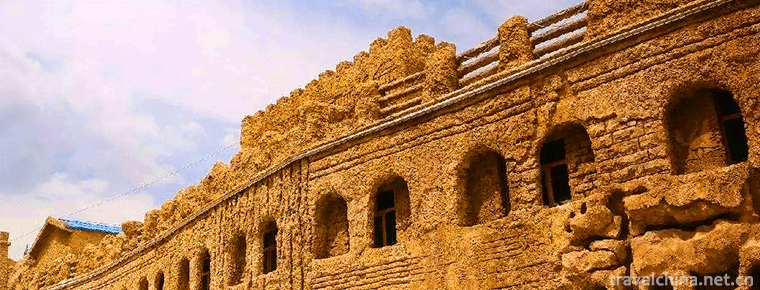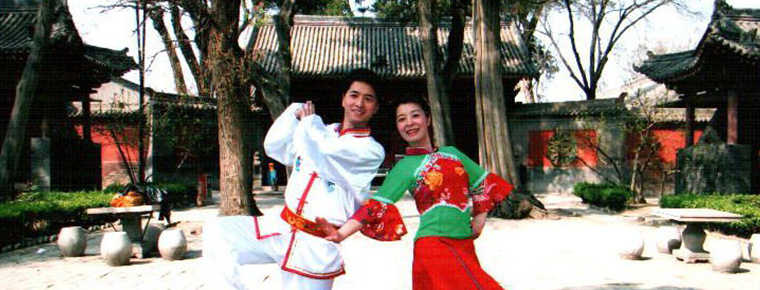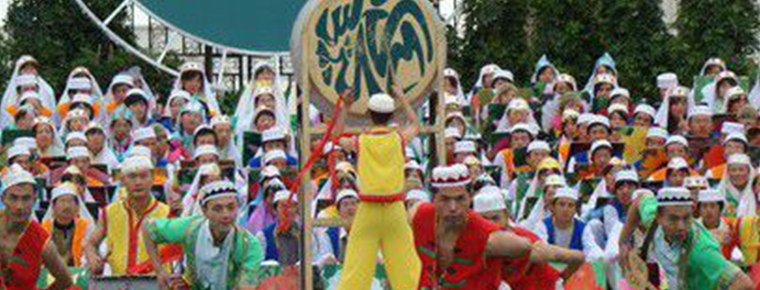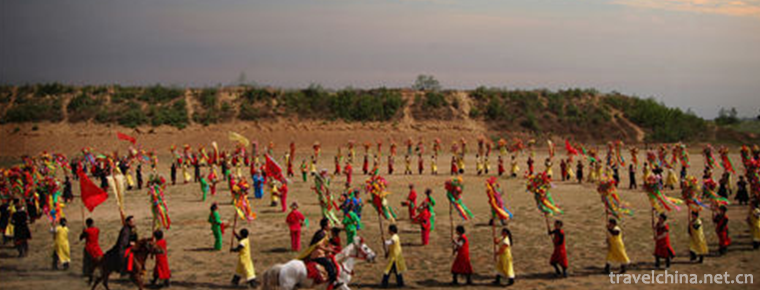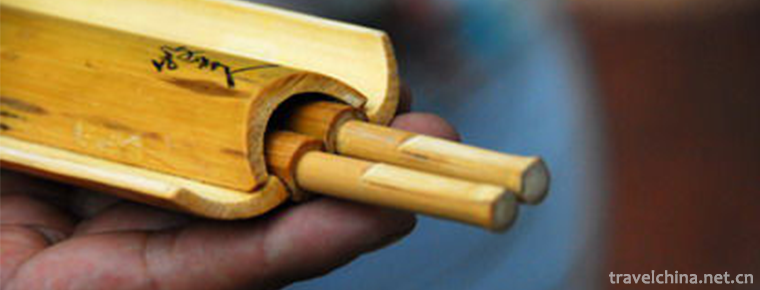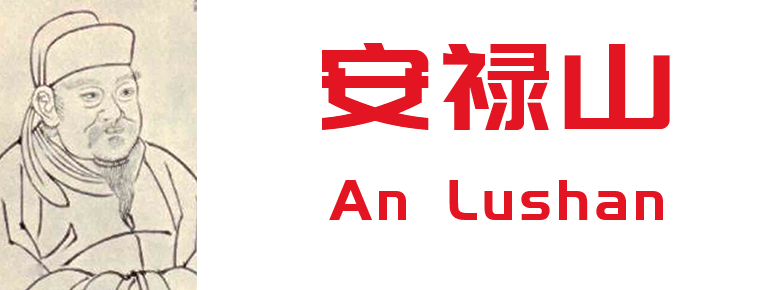Portuguesestyle egg tarts
Portuguese egg tart, also known as Portuguese cream tower, caramel Mejit egg tart. Portuguese tart, known in Hong Kong, Macao and Guangdong, is a small cream pastry pie. It is a kind of egg tart with a charred black surface.
In 1989, Andrew Stow, an Englishman, brought Portuguese tarts to Macau, switched to English cream fillings and reduced sugar consumption, and soon became a popular snack in Macau, most notably Milktar's tarts.
In the late 1990s, Portuguese egg tarts became popular in Hong Kong and Taiwan under the name of "Portuguese egg tarts". A large number of Portuguese egg tart stores, including KFC, caught up with this upsurge. Portuguese egg tarts immediately became a popular commodity, even led to the rise in egg prices and the shortage of eggs.
Today, although the grand occasion is no longer there, there are still loyal fans. Although KFC has sold the Portuguese egg tart shop, it still offers Portuguese egg tart at the store. The pastry Department of Pak ha supermarket also sells Portuguese egg tarts.
Although the Portuguese tarts were created by ante Lu, fame was bestowed on Andrew and his wife's marriage. In 1996, Andrew and his wife, Princess Margaret, were married.
Rupture.
The authentic Margaret tart must be hand-made: delicate, round tarts, golden eggs, and caramel proportions, all of which are checked by professional chefs to achieve perfection that ordinary tarts cannot achieve. The real egg tart must be stratified. The base of the Margaret tart is like fresh croissant bread. It tastes soft and crisp. The filling is rich, and the milk-flavored egg tart is very rich. Although it tastes layer by layer, it is sweet and not greasy.
Margaret left Andrew and started a new business. She changed the name of the store to "Margaret" and settled down in Hong Kong and Taiwan. A whirlwind of Portuguese targeting happened. Later, the hand-made egg tart brand Milktar's egg tart workshop has been used so far.
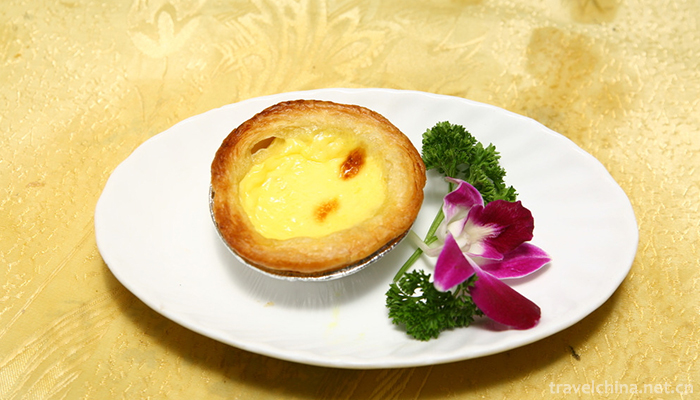
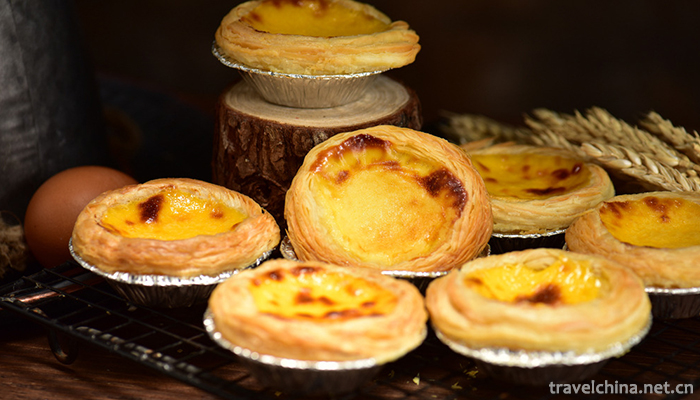

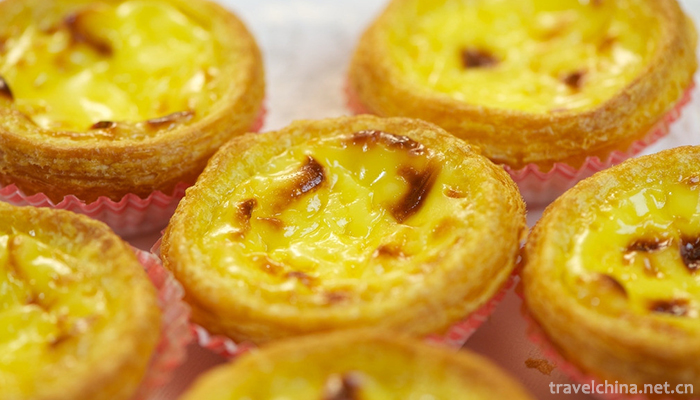
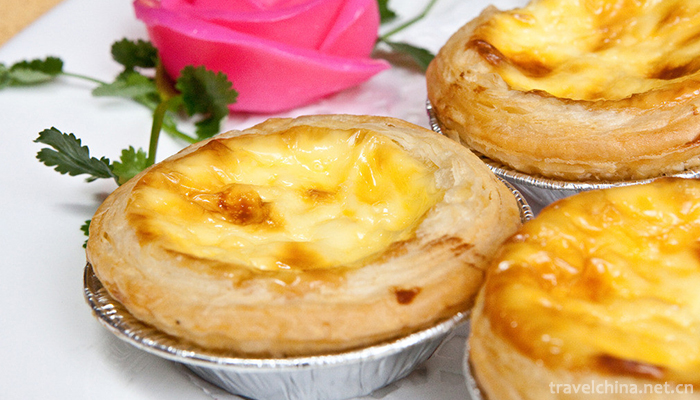
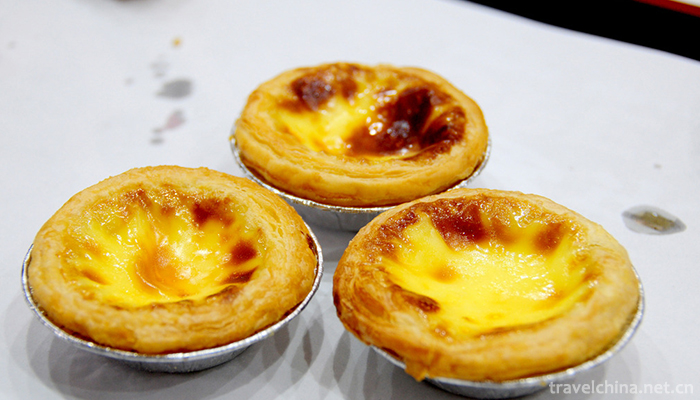
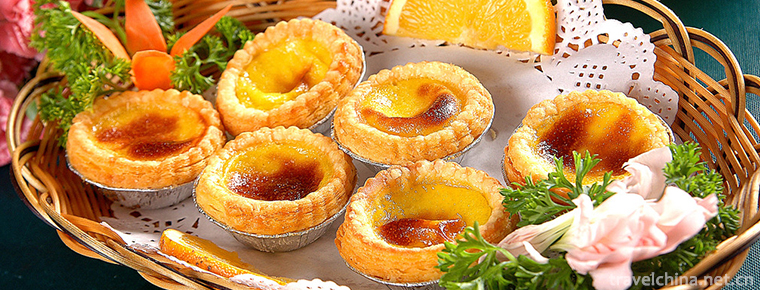
Portuguesestyle egg tarts
-
Tianjin Panshan Scenic Area
Tianjin Panshan Scenic Area, located 15 kilometers northwest of Jixian County, Tianjin City, covers an area of 106 square kilometers
Views: 224 Time 2018-11-24 -
Juyong Pass of Great Wall of China
Juyongguan Great Wall is a famous ancient city along the Great Wall of Beijing and a national cultural relic protection unit. It is a national AAAA scenic spot assessed by Beijing Tourism Bureau
Views: 200 Time 2018-12-10 -
Donghekou Earthquake Relics Park
Donghekou Earthquake Site Park is the first earthquake site protection memorial site of Wenchuan Earthquake, located in Qingchuan County, Guangyuan City, Sichuan Province
Views: 191 Time 2018-12-20 -
Beiting Old City Site
The site of Beiting Old Town is the ruins of Beiting Mufu in Tang Dynasty. It is located 12 kilometers north of Jimusar County Town in Xinjiang Uygur Autonomous Region. In ancient times
Views: 162 Time 2018-12-26 -
Longyu Bay National Forest Park
Longyuwan National Forest Park is located in Luanchuan County, Henan Province. It is 165 kilometers away from Luoyang City. It covers an area of 1833 hectares
Views: 170 Time 2019-02-06 -
Baling Opera
Baling Opera, a local traditional drama in Yueyang City, Hunan Province, is one of the national intangible cultural heritage.
Views: 175 Time 2019-04-02 -
Hancheng Yangko
Hancheng Yangko, commonly known as "singing Yangko", is a form of singing that integrates folk songs, rap and dance, and derives from traditional opera
Views: 329 Time 2019-05-02 -
Hui folk instrumental music
Hui folk instrumental music is a long-term life practice and cultural activities of the Hui people in Ningxia, inheriting ancient instruments of Ningxia and northwest frontier fortress instruments and
Views: 194 Time 2019-05-04 -
Running curtain
Running curtain originated in the Spring and Autumn Period and Warring States Period, formed in the Qin and Han Dynasties, flourished in the Song, Yuan, Ming, Qing Dynasty and the early Republic of Ch
Views: 349 Time 2019-06-09 -
Performing and Making Skills of Qiang Flute
Qiang flute is an ancient single-reed gas singing instrument in China. It has a history of more than 2000 years. It is popular in the Qiang people's residence of Aba Tibetan Autonomous
Views: 176 Time 2019-06-10 -
An Lushan
An Lushan (703 to 757 years). Yingzhou (today's Liaoning Chaoyang) Kang Name Rolling hill 。 His father may be kang Hu people Mother A Stead S is a the turks Witch. According to legend, his mother did
Views: 290 Time 2019-09-11 -
Anhui University Of Technology
Anhui University of Technology is located in Anhui province. Ma'anshan The city is a multi-disciplinary university characterized by industry and industry. Ministry of science and technology With the s
Views: 305 Time 2019-10-10
